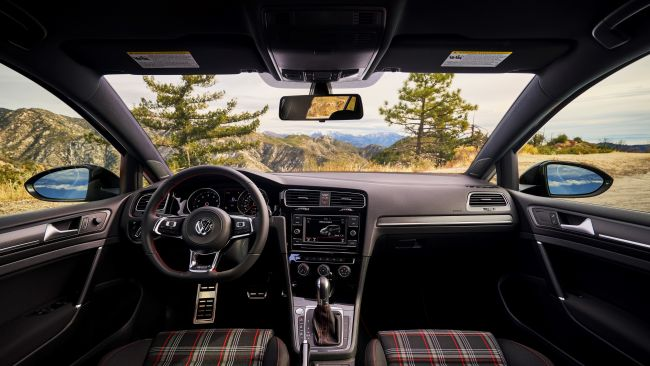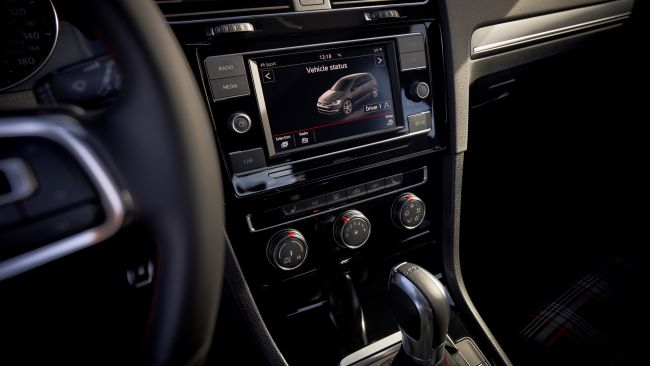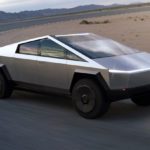Planning for an autonomous future

Oh that adrenaline rush that I had when I tested a 2019 Golf GTI 2.0T Autobahn. It’s cornering is superb adding the zing to the turbo-charged hot-hatch, and the stimulating noise of the exhaust made me want to drive it faster and longer on a range of roads.
In fact, that’s precisely what I did on a road trip for about 650 miles, mainly to try some curvy terrain and to unite into traffic like a spring chicken.
Though, since this is all about testing the technology in cars on the road linked to autonomous operation, I was typically interested in how the Golf GTI controlled some usual highway traffic conditions using Adaptive Cruise Control (ACC). ACC has been present in luxury cars for quite some time but it is rather new to low to mid-priced vehicles like the Golf GTI (which is priced at $36,890 – about AU$54,000 or £29,000).
More on, this car is called the Autobahn for a reason – it’s entertaining to drive over long distances. My objective was to find out how the ACC performed but also think about how all automakers can work to advance the tech over time, guiding us to a fully autonomous future.
The forewarning here: I’m not picking on the Golf GTI. The ACC worked precisely as intended, and exactly how it works in most models and makes. My overall findings testing ACC in the Golf is that it is a chief safety perk because nobody can pay attention to the road at all times.
I was mesmerised with how effortlessly it spotted other cars, carefully kept me at a good distance (this is something you can simply adjust by pressing one button), and even decelerated me down to low speeds through a traffic jam. It’s a great case of tech flowing down from high-end cars like the Audi A3 Hatch to other cars most of us can afford.
During the test, I also realised how all cars that deploy ACC could improve in the future. I have listed only three of my findings on this road trip below.

Not slow down quickly when someone cuts you off
Robots don’t reason like humans – yet. Adaptive cruise control has been present for about ten years but it still reasons like a machine. In all of the cars I’ve experimented with ACC when someone abruptly pulls in front of you-nothing dangerous, your speed will rapidly change. The car reduces speed too fast, reacting to the unexpected appearance of another car.
That’s appreciable, and the Golf did what it was expected to do. Though, in future versions of ACC, I’d rather prefer my car could detect the other car long before it deviates in front of me at highway speeds. It should forecast the route of that car – that there’s a slower vehicle in the right lane, so definitely, the other car will move ahead of me and join. It’s expectable to human drivers, not to the ACC.
For things to work in this manner, the sensors would have to detect and track the car about to join and also know about the traffic situations (e.g., that cars are expected to move into the left lane and join suddenly).
One of the most exciting discoveries on this trip and it is the system all cars use adaptive cruise these days: When a car was ready to enter the road and join into traffic from the extreme right of the car, ACC wouldn’t detect till the vehicle had completely merged. The Golf attuned its speed correctly and decelerated. Though, this means there’s less of a steady slow down.
Sense cars appearing on the highway
It would have been preferable if the car detects there’s a car about to enter the highway and reduce speed way before the ACC fine-tunes the speed. This is what human drivers do as we know the car is about to join. Many of us also are likely to move into the left lane if this comes about, so a subordinate feature could be to mechanically move into the left lane.

Remind you to speed up
Here’s an interesting discovery and one that would be easy to address. On a rare occasion, I was comforted into driving slower in the right lane. The truck or car in front of me was driving too slow, but I didn’t see because the Golf slowed down to equal that speed (and correctly so, since that’s how it is designed to work). My wife would occasionally wonder why we were driving so slow. I want a notification in the dash better, something to update me that I’m now driving much slower and to switch lanes.
Yet again, for this one to work the car would need to comprehend traffic flows and what other cars are doing — that the left lane drivers are going faster, that the right lane is moving gentler and has been for some time. This might even necessitate car-to-car communication which is presently in development and hopefully fairly forthcoming.


